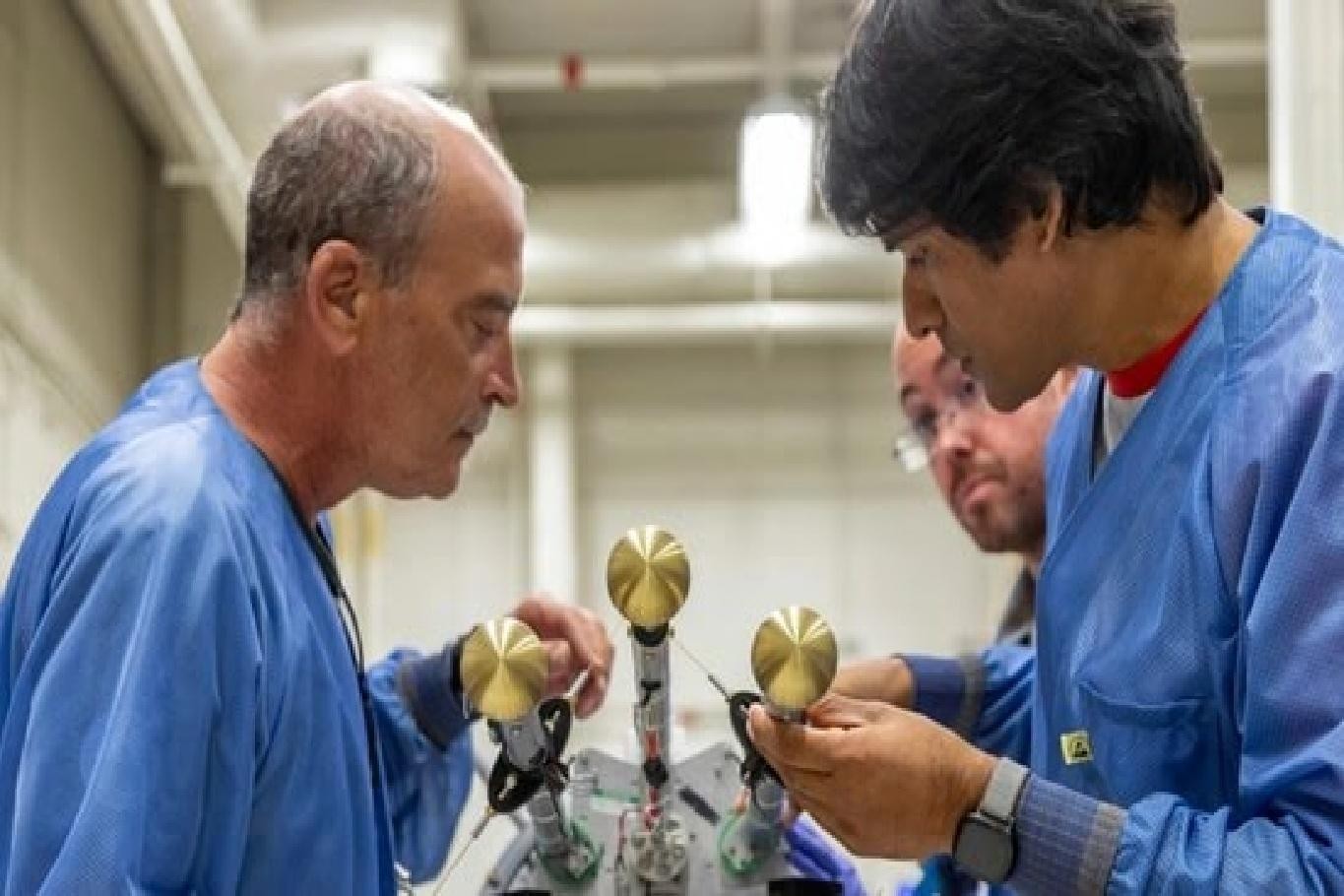
The space agency has announced the leadership of the mission called Atmospheric Perturbations around the Eclipse Path (APEP), led by Aroh Barjatya, which aims to investigate the impact of sudden sunlight reduction on the upper atmosphere.
During the annular solar eclipse on October 14, observers will witness a significant decrease in sunlight, resulting in the sun appearing as a bright “ring of fire” as it is partially obscured by the moon.
The ionosphere, located approximately 50 miles above the Earth’s surface, experiences a surge in electrical activity during such events, as the sun’s UV rays ionize atoms, creating a layer of ions and electrons.
As sunlight diminishes during an eclipse, the ionospheric temperature and density undergo rapid fluctuations, akin to the disturbance caused by a motorboat passing through calm water, according to Barjatya, an engineering physics professor at Embry-Riddle Aeronautical University.
The APEP mission plans to launch three rockets before, during, and after the peak of the eclipse to gather data. Each rocket will carry scientific instruments to measure changes in electric and magnetic fields, density, and temperature, providing simultaneous measurements from multiple locations in the ionosphere during the eclipse.
Sounding rockets were selected for their ability to precisely measure specific regions of space and track altitude-dependent changes. The rockets will collect data between 70 to 325 kilometers above the ground during their trajectory.
Ground-based observations, including radar measurements from the Massachusetts Institute of Technology’s Haystack Observatory, will complement the rocket data. Additionally, a team from Embry-Riddle will deploy high-altitude balloons to monitor weather changes throughout the eclipse.
The APEP rockets launched in New Mexico will be retrieved and relaunched from NASA’s Wallops Flight Facility in Virginia on April 8, 2024, coinciding with a total solar eclipse crossing the United States from Texas to Maine.










